Plokstine
In Zemaitija national park in northeastern Lithuania is a small village called Plokstine. In 1960 the Soviet Union began to build a missile base in response to NATO missile bases around western Europe. The area was easy to isolate, sparsely populated, easy to dig and the nearby lake provided water for cooling. Tens of thousands of conscripts were ordered to dig out four silos with a depth of 27 meters and a command center between the four silos. The missile base was completed on new year’s eve, 1962. In case of mobilization there were supplies for a stay below ground up to fifteen days. The base could withstand a hermetic isolation for up to three hours. In addition to the missile base, a military base was established about a kilometer from the base where personnel who were not on duty lived. Just outside the base there was another facility for staff who worked in six-hour shifts. Between the base and the military compound a missile hangar was also built. The missile base itself was equipped with four R12 missiles with a range covering most of Western Europe.
The missiles were 23 meters long and the base was surrounded by six safety zones with guards and electrified fences. Only once was the base put on high alert and it was during the Prague Spring of 1968 when Soviet tanks entered Prague. The missiles were then directed at West Germany in response to a possible NATO attack. The missile base was decommissioned in 1978 as part of the disarmament agreements between the United States (NATO) and the Soviet Union (Warsaw Pact). The base had by then been discovered by American satellites. During the sixteen years the base was operational, no accidents occurred in connection with the handling of the missiles. The accidents that occurred were when a couple of conscripts fell into a silo during maintenance. After the collapse of the Soviet Union in 1991 the base was looted by the local population. The missiles and other dangerous stuff had, however, been removed as early as 1978.
Current status: Preserved with museum (2009).
Location: 56°01'49.7"N 21°54'22.0"E
Get there: Car.
Follow up in books: Gaddis, John Lewis: The Cold War: A New History (2006).

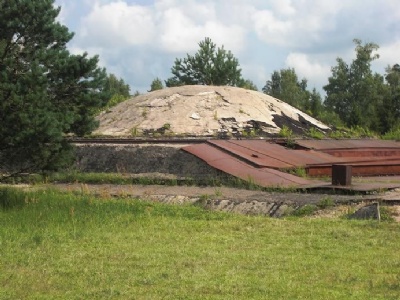
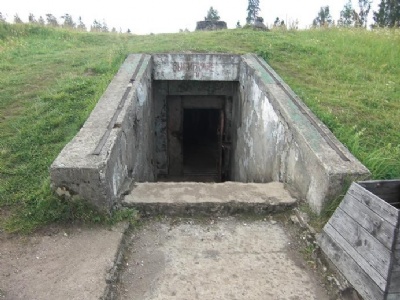
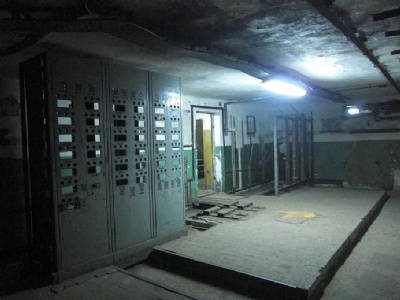
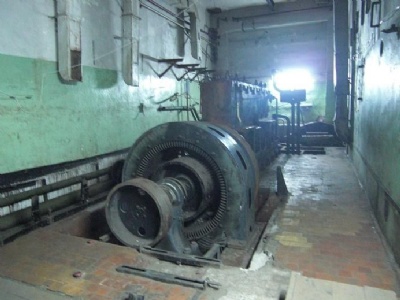
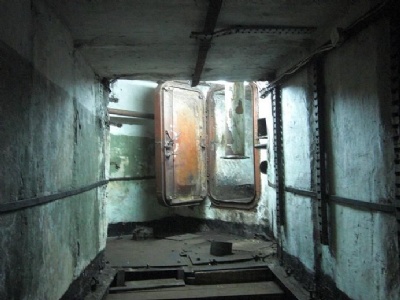
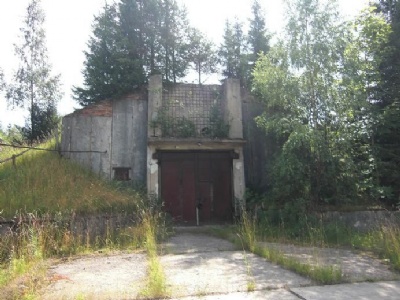
The exterior of the base is just as interesting as the interior to see. The fence is starting to become worn down and the main gate hardly fulfills any function. Even at the hangar where the missiles were stored is characterized by decay that makes it really exciting to walk around the area.